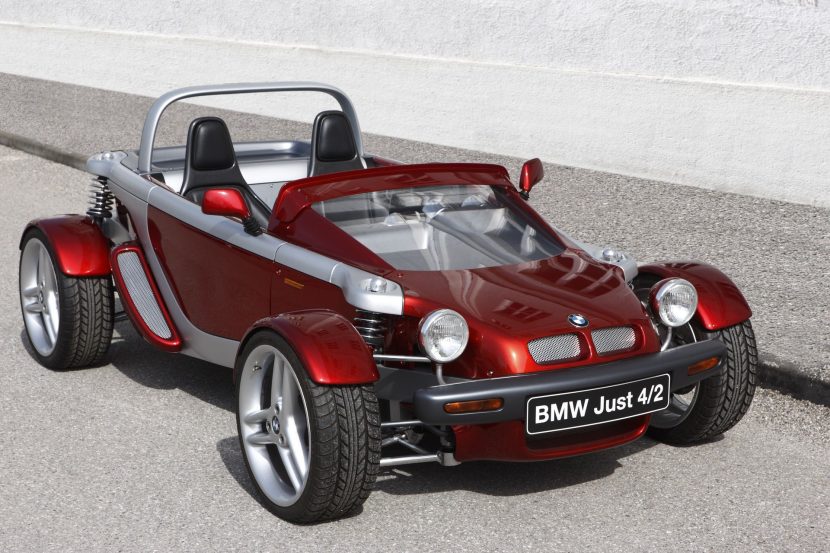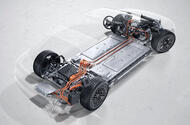BMW concept cars are always an interesting look at what the brand could potentially cook up, and the 1990s in particular saw some fan favorites. We got the M8 Prototype, the Z07 (later the Z8 Roadster), and a handful of others. Oft forgotten is the quirky Z21 – or, “Just 4/2,” as BMW referred to it. Debuting at the Tokyo Motor Show in 1995, the BMW go-cart looks part Meyers Manx, part Plymouth Prowler, and all 90s concept car awesomeness.
A Look at the Just 4/2
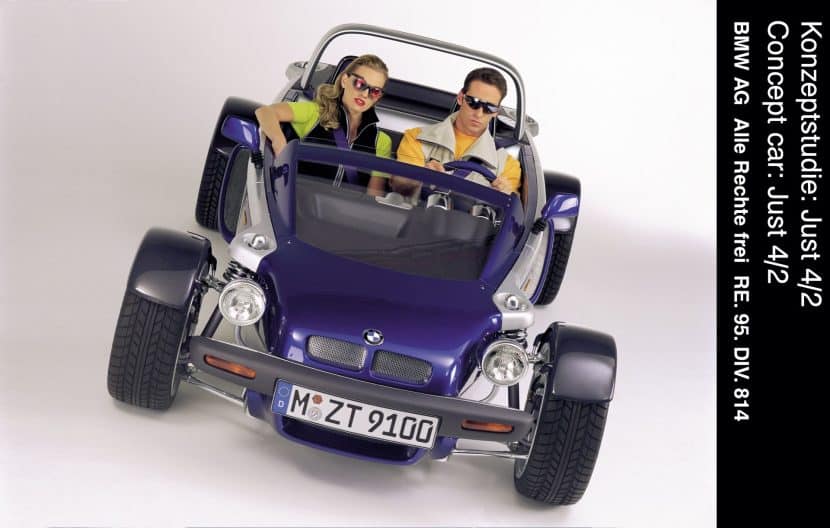
You might think the Just 4/2 has a pretty weird name, but the minute you say it out loud, you’ll get it. The little go cart only has room for the driver and one passenger, and behind both sits a rear-mounted 1.1-liter four-cylinder engine from the K1100 – a contemporary BMW bike. The bike unit developed 100 horsepower and bolted up to a car transmission, together propelling the little cart from zero to 60 mph in what BMW says is around six seconds. Ornamentation is limited, to say the least. You’ll spot a pair of headlights, some tiny little kidney grilles, dual exhaust tips, a handful of roundels, and, well, not much more.
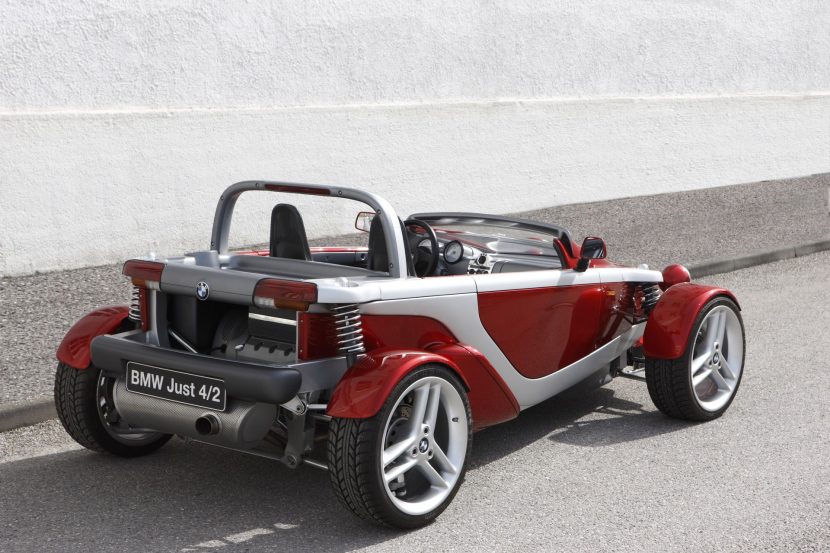
That’s quite a bit of agility for something so decidedly un-BMW. 100 horsepower was more than enough, thanks to the Just 4/2’s lightweight aluminum frame. Sources suggest the frame comprises 20 or more types of aluminum, resulting in an incredibly light 1,212-pound curb weight for the Just 4/2. Other weight-saving initiatives included Kevlar body panels and seatbacks, brake discs from the M3 of the day, and four-wheel independent strut suspension.
Design of the Just 4/2
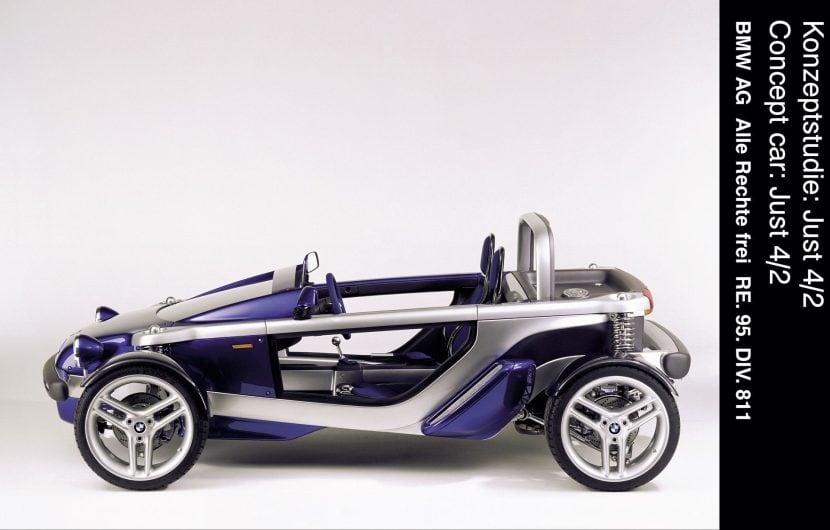
The Just 4/2’s radical design was the result of an internal design competition. Designer Robert Powell, part of BMW M-Technik, drew inspiration from the Caterham Seven and its limited luxuries. Despite merely a concept, it went through most of the steps that a regular production model would – so, the concept was clay modeled and even crash simulated. Total assembly time was just 12 weeks and the car even featured street-legal lights and bumpers.
Oddly enough, the reception at the car’s Tokyo debut was reportedly so good that BMW began testing the car for production. Obviously, we never got to see a series production run, which is a shame- it’s a neat precursor to stuff like the Ariel Atom – which debuted five years later – that we see around today.
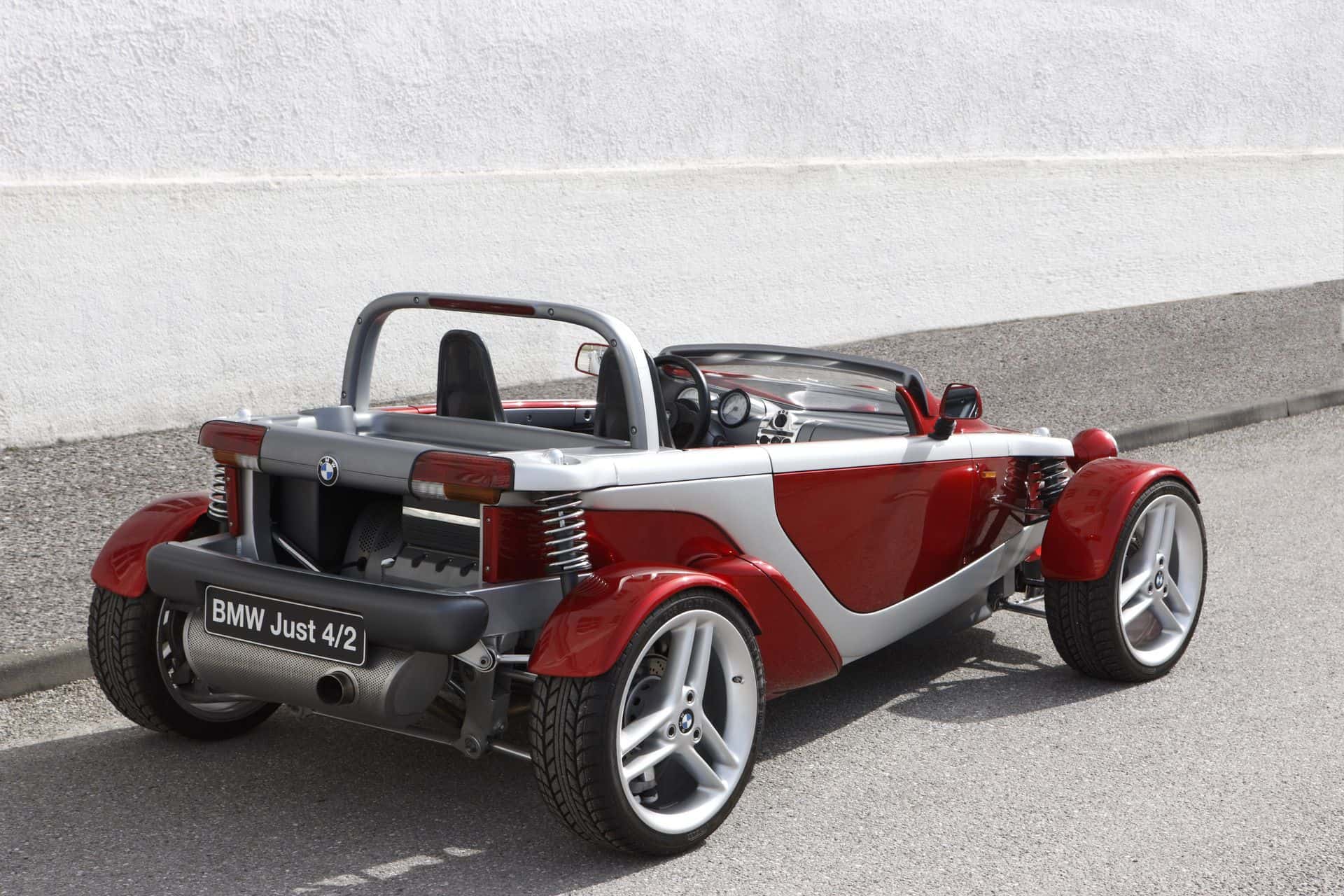
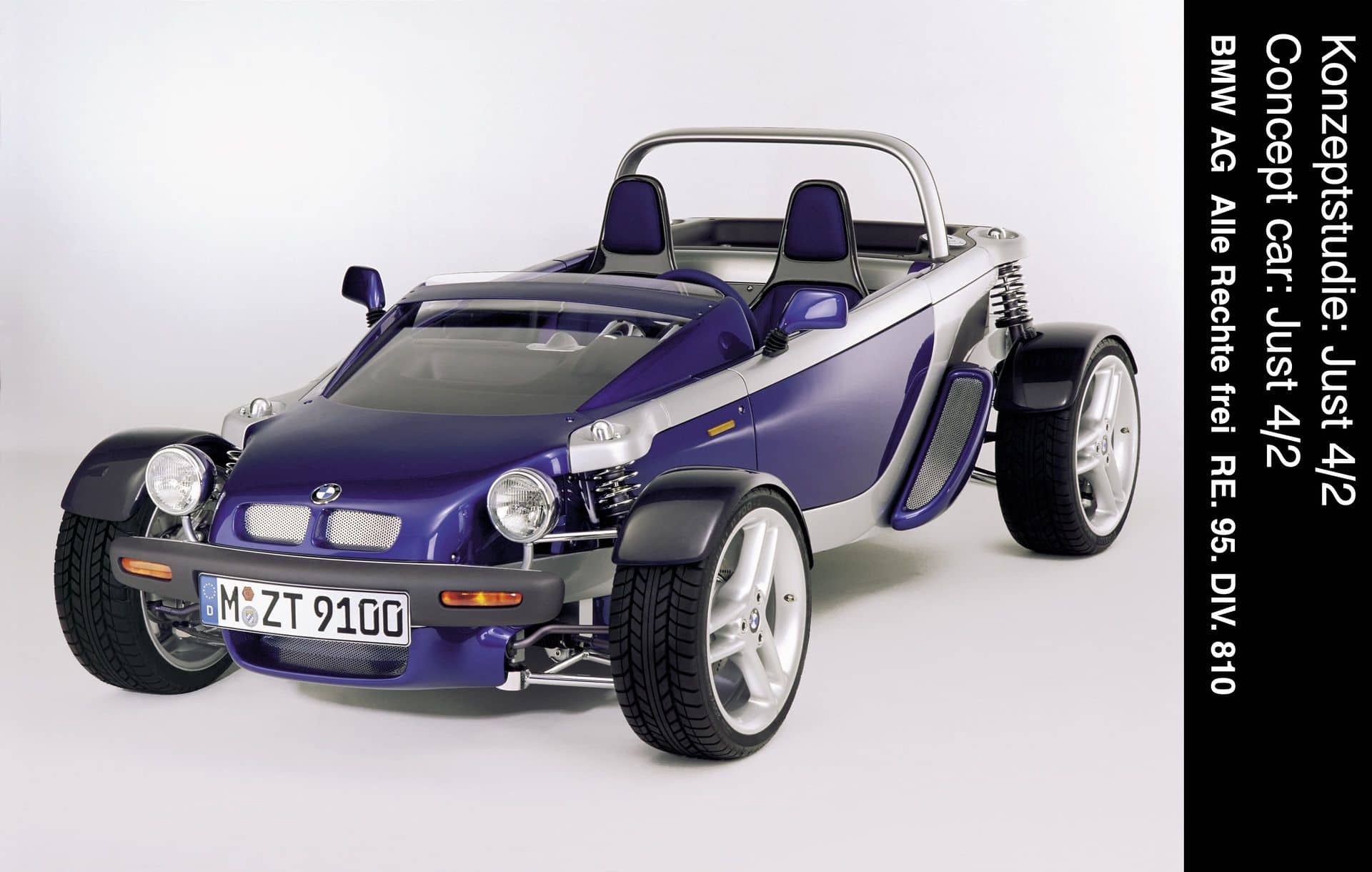
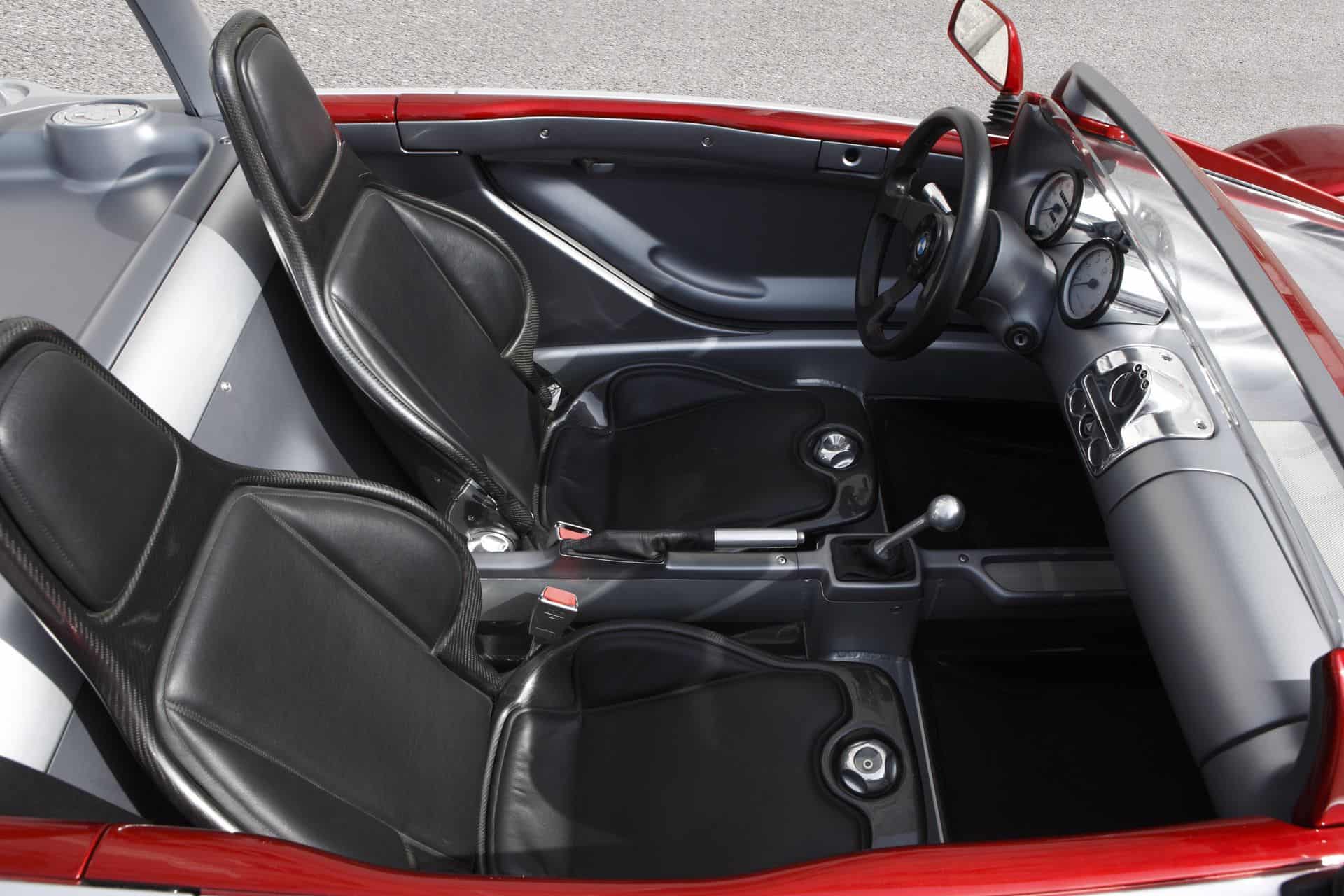
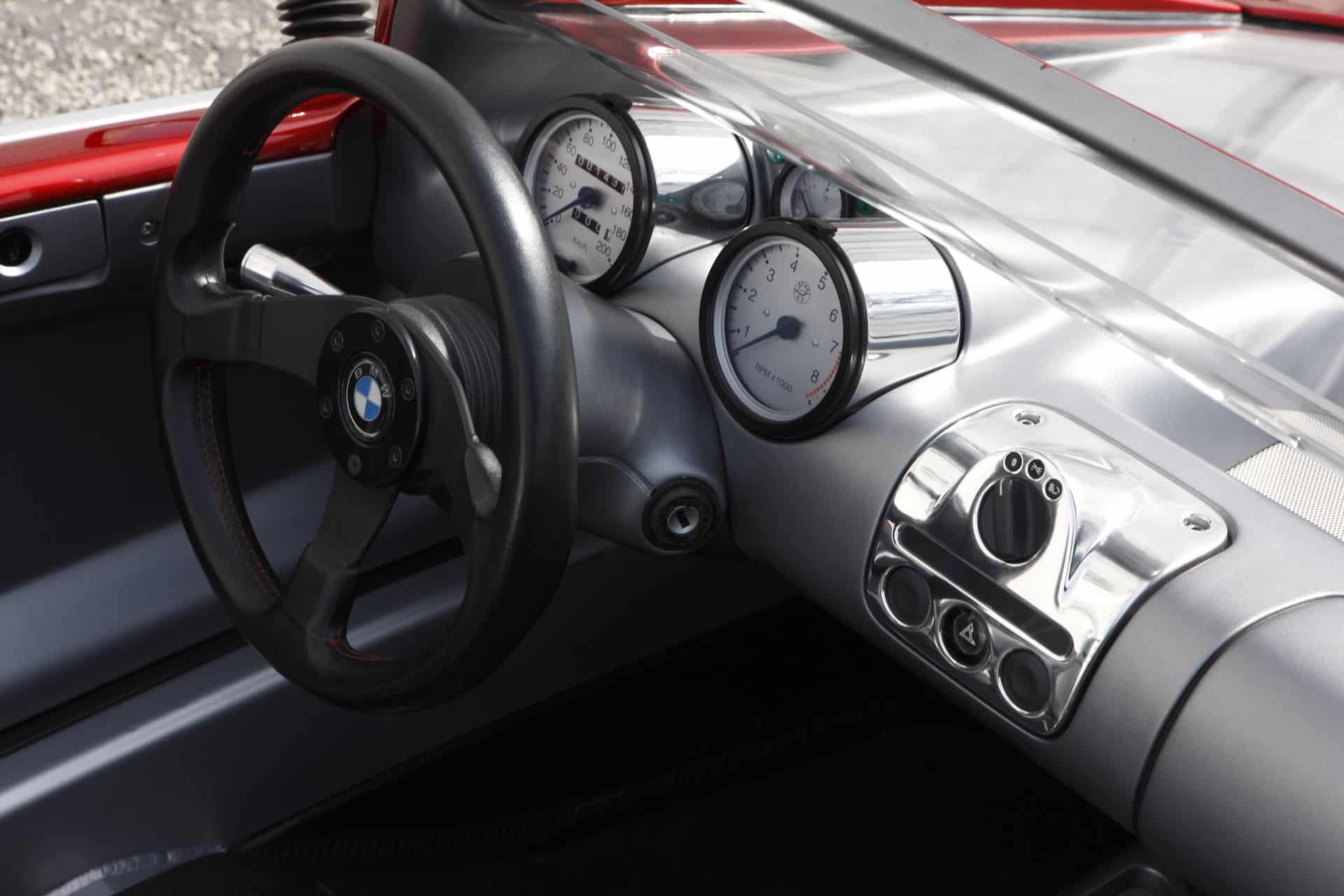
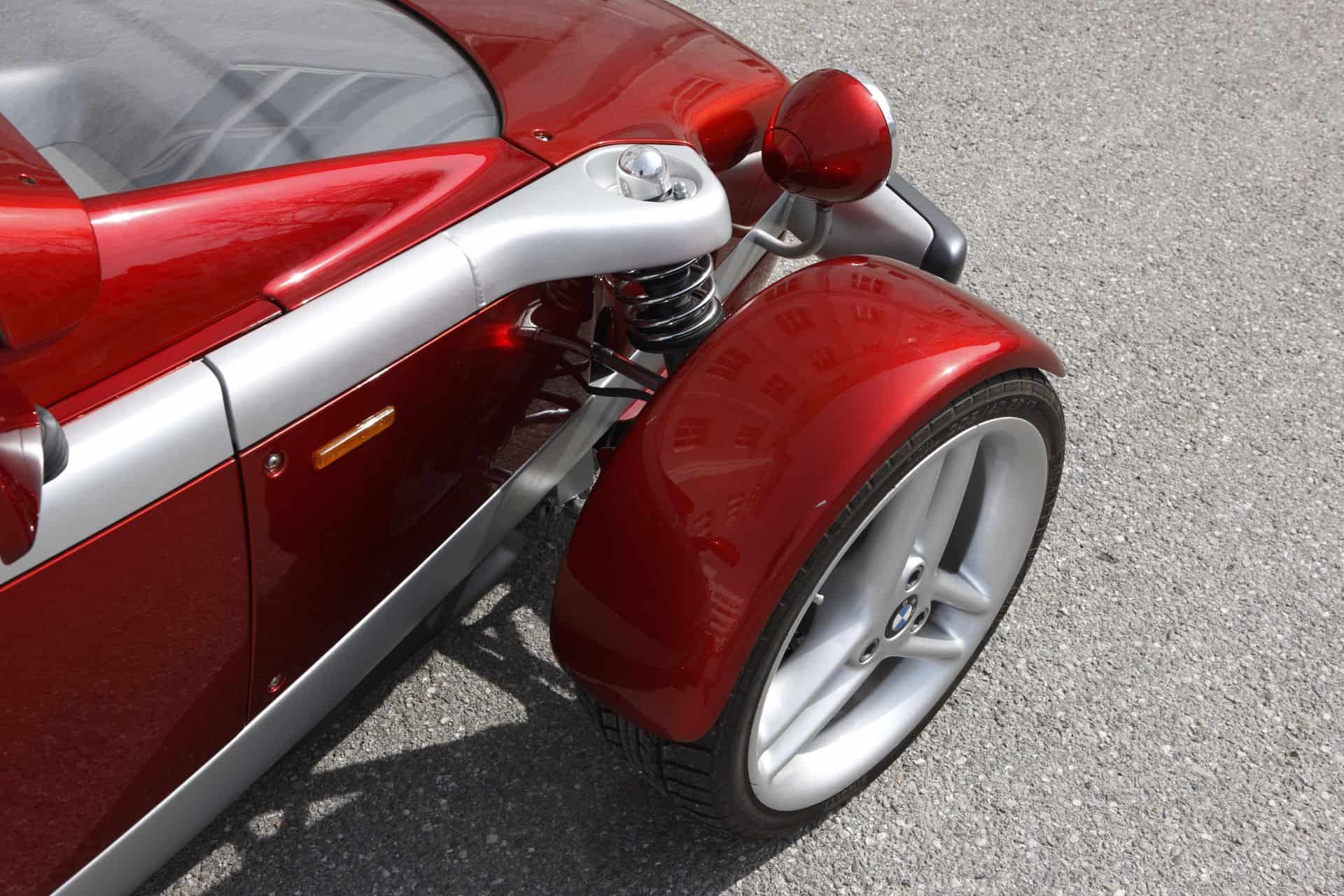
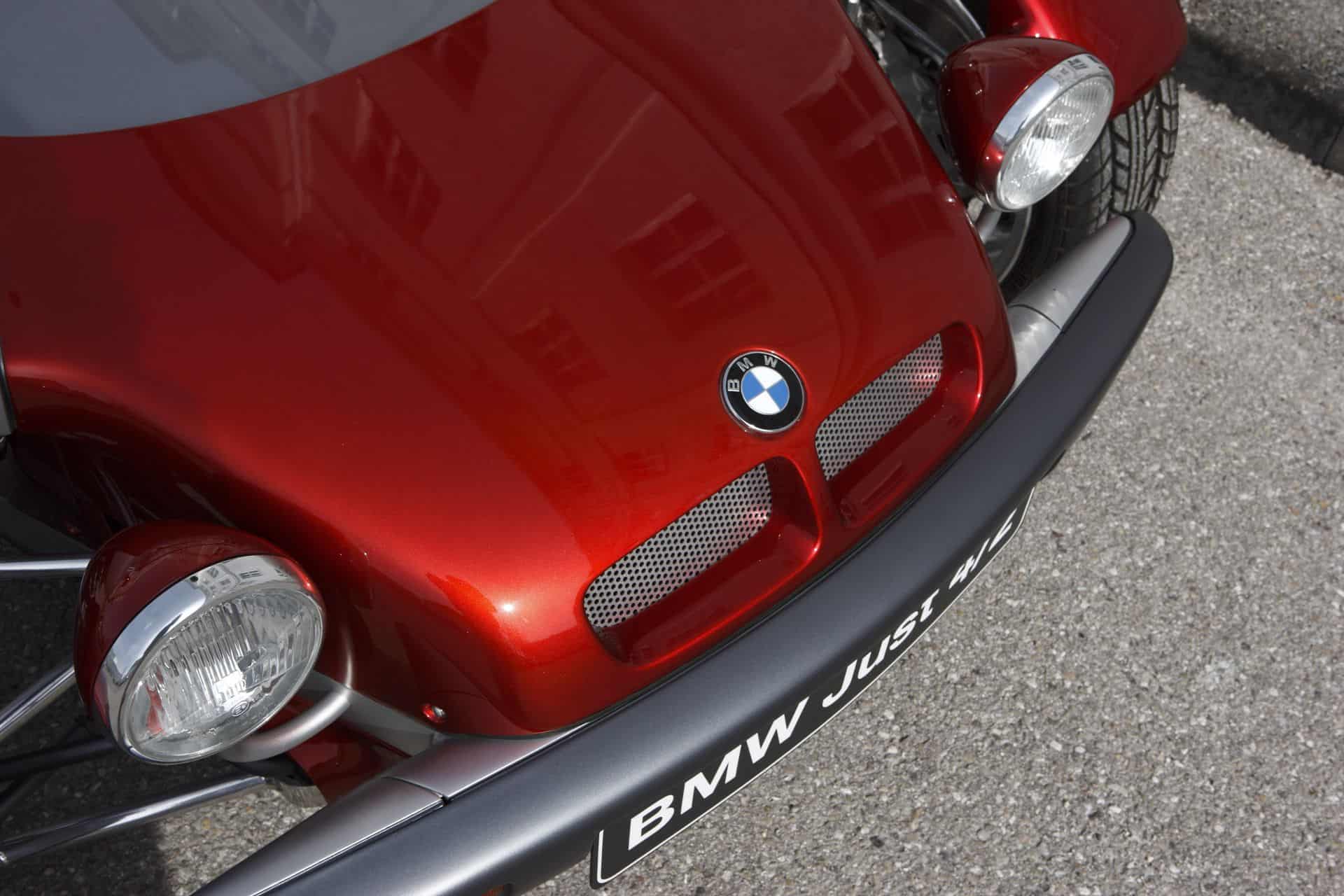
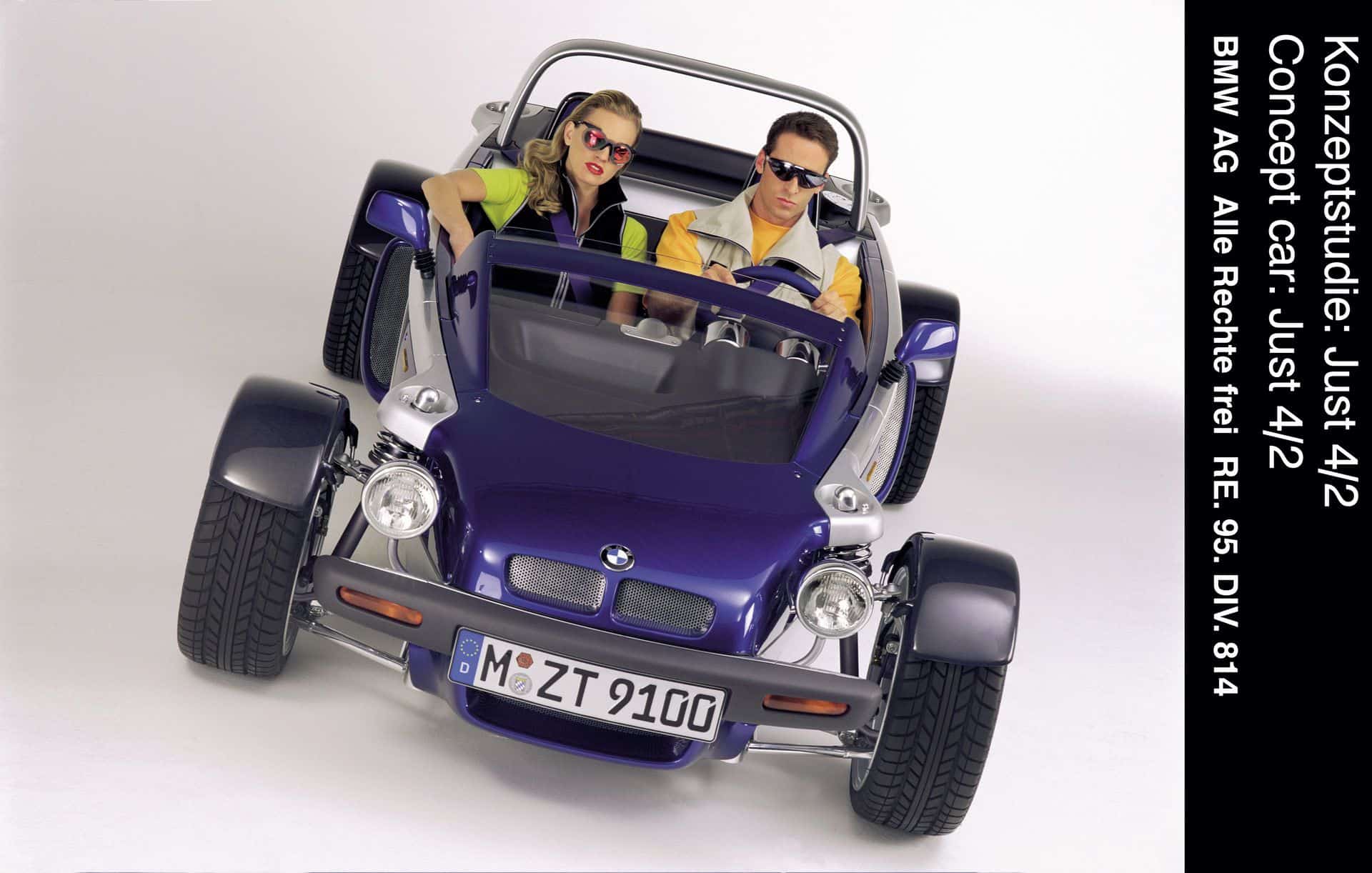
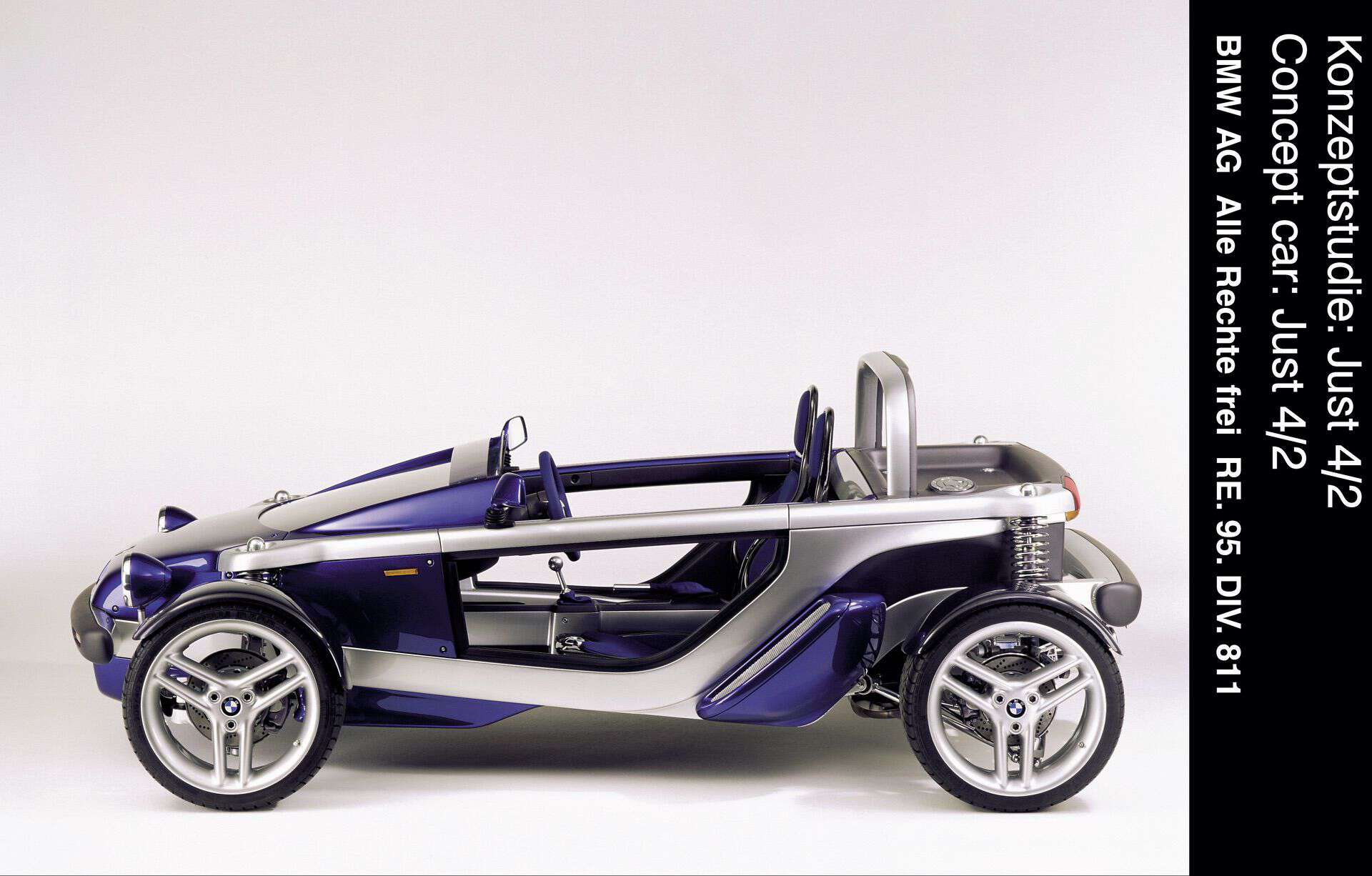
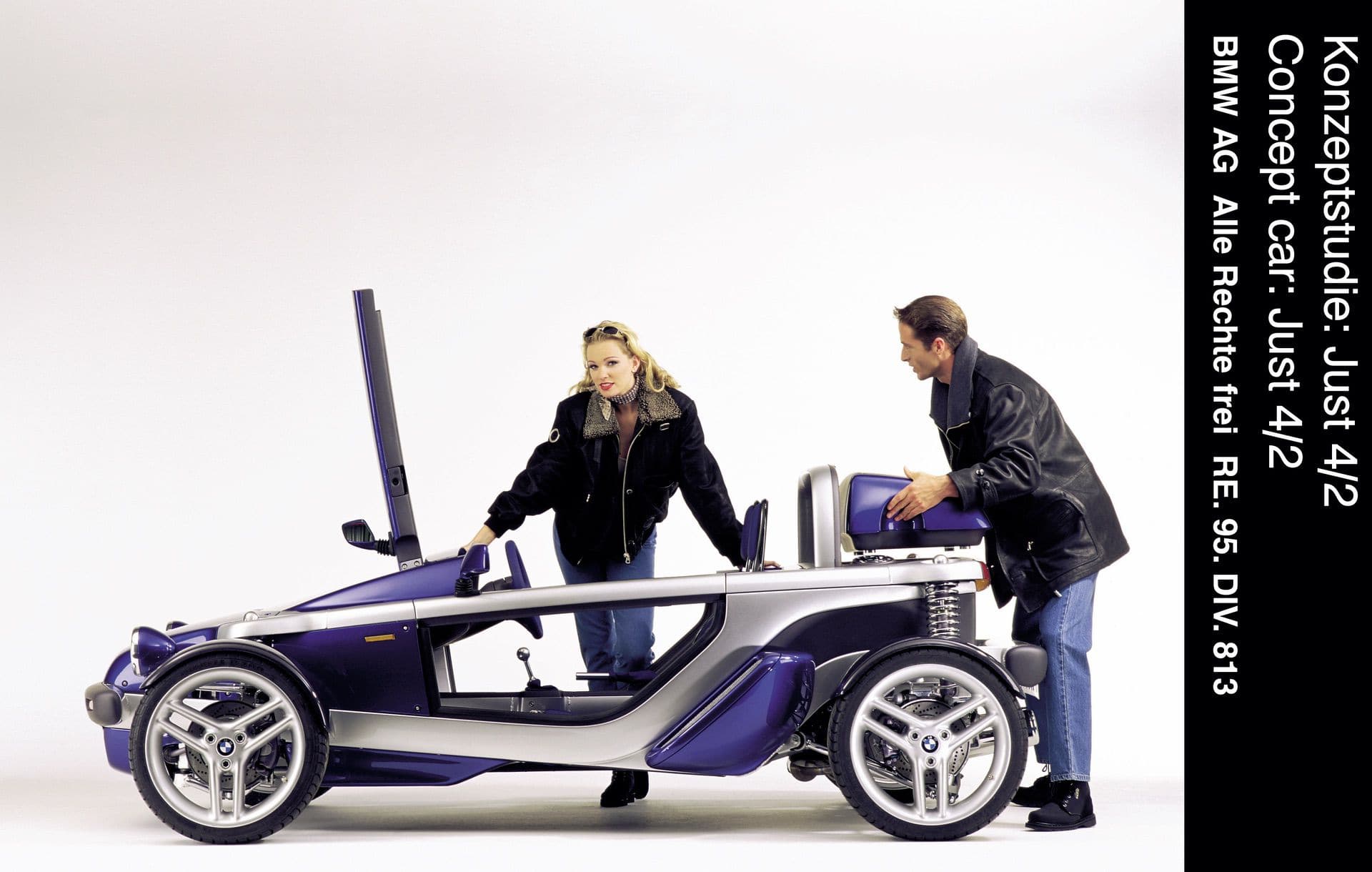
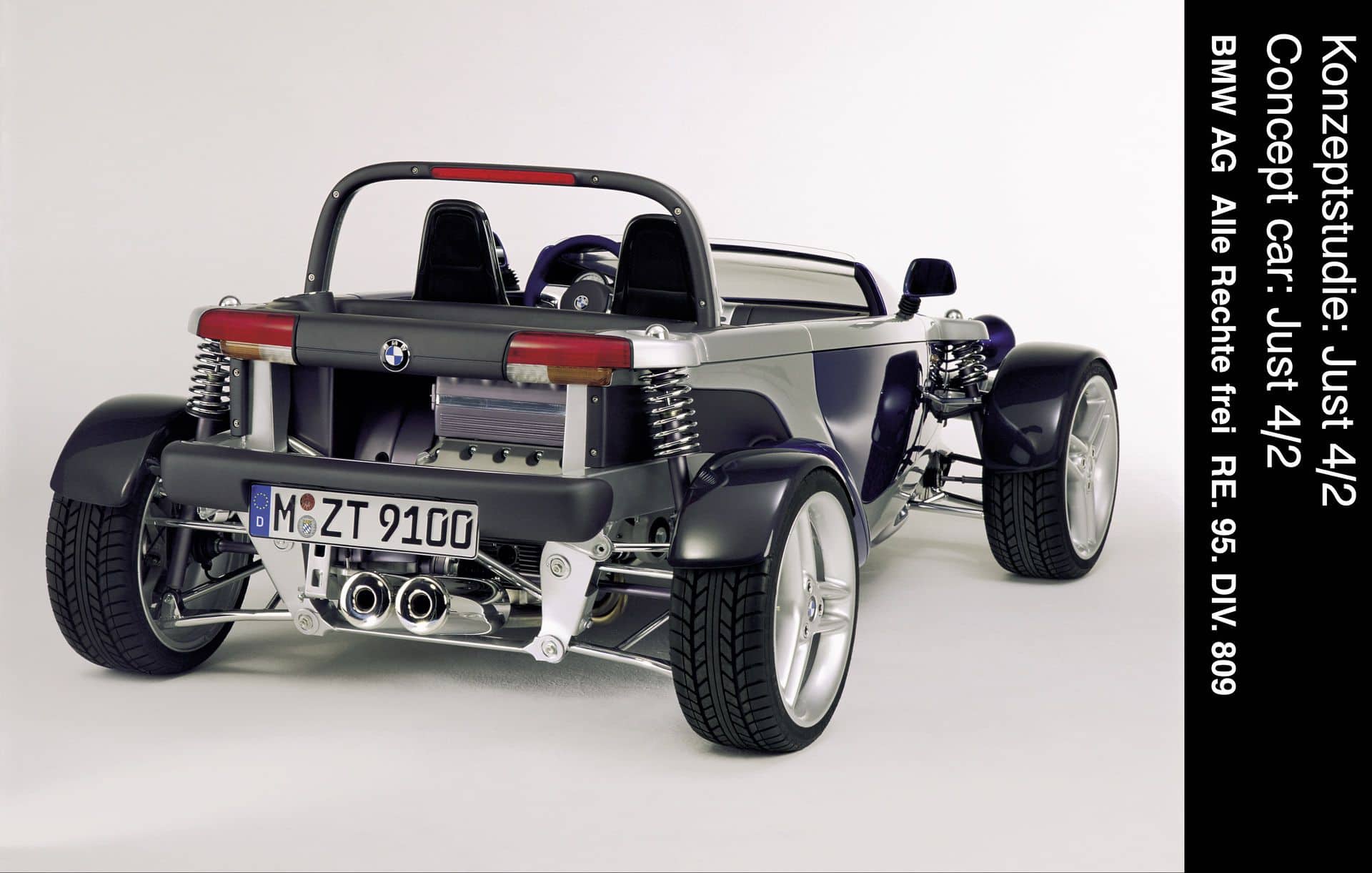
First published by https://www.bmwblog.com
Source: BMW BLOG
